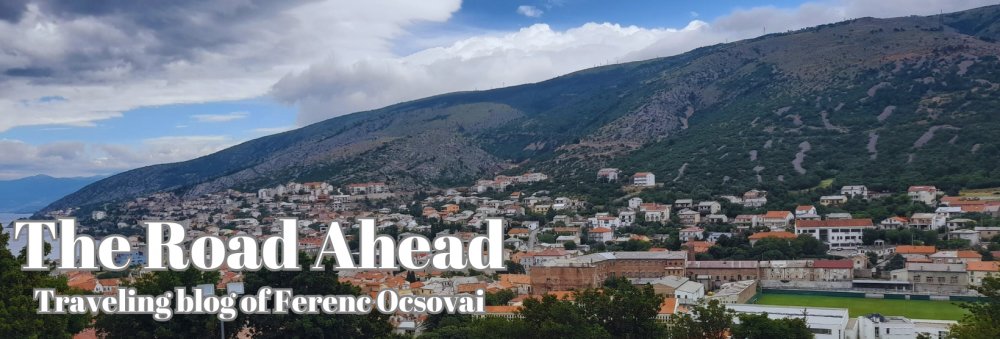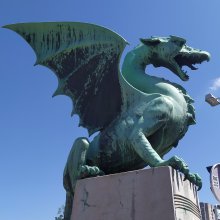
Last time I already gave you some of my general impressions about my new life in Slovenia, and we have been to the oldest settlement of the country, the charming and gorgeous little city of Ptuj. This time I am going to tell you about the following chapter of these first journeys and I would like to invite you to discover some of the most popular and most populated Slovenian places with me.
Our next station, that I can soon call as some kind of home, is the second largest city of Slovenia, Maribor (in German Marburg and in Italian Marburgo), that lies not so far from Ptuj. Since it is also the place I am living now, it is more difficult to look at it only as a simple tourist, because if you come to this city you can develop personal bonds very easily.
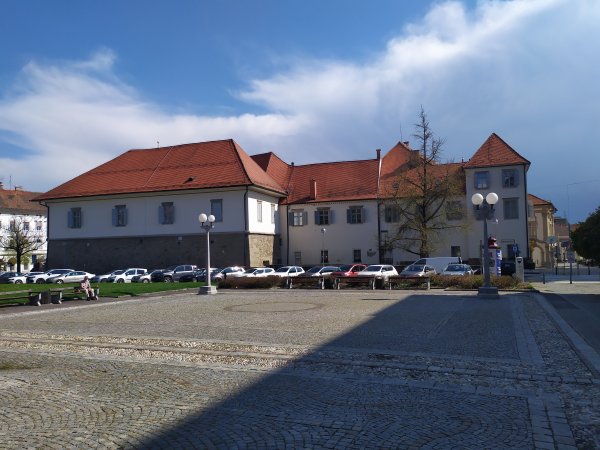
The city - which sits next to Drava as well - is not as silent as other Slovenian cities: it is full of sparkling life, noises, pubs, stores, business and working everydays, but it is still very local, historical and it somehow embraces its visitors.
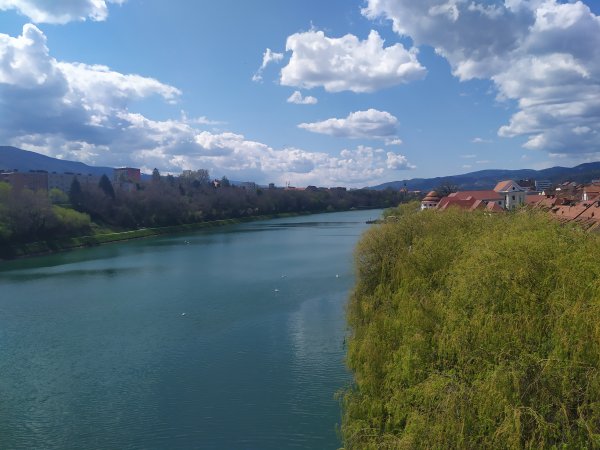
The two most important sights among churches are the Basilica of Our Mother of Mercy (Bazilika Matere Usmiljenja) with its beautifully singing bells, and the cathedral (stolnica) named after John the Baptist, which is next to the university building - both of them recalled me some recent memories from Poland, where I could bump into dozens of such Catholic monuments.
It is crucial to mention that the architecture of Maribor has a much stronger German influence than other Slovenian cities in general, and if we observe constructions like the municipality, the post office, or other palace-like structures, their style gives us the impression of a miniature Vienna or Budapest, but it also reminded me a little bit to Ostrava, my previous home in Czech Republic.
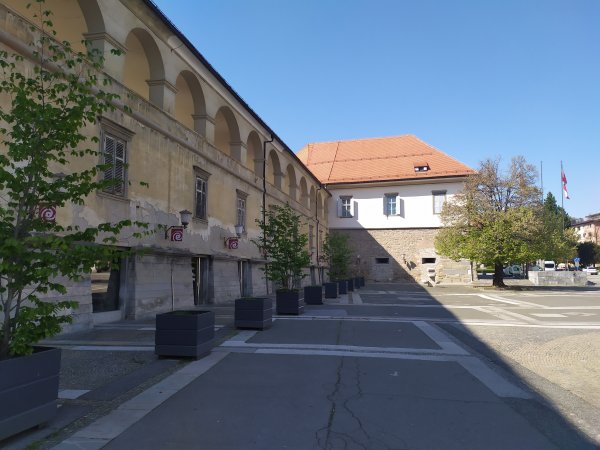
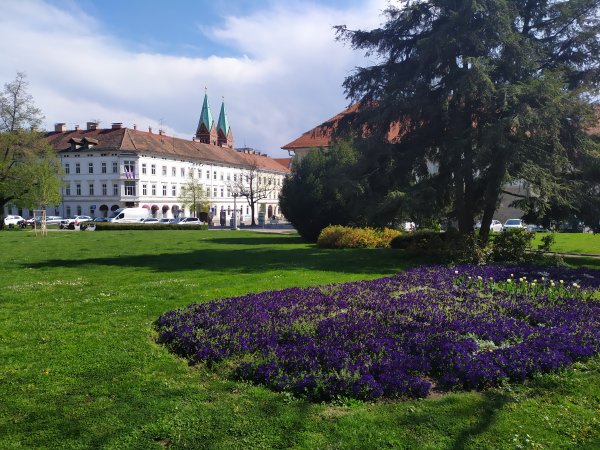
The pulsation and atmosphere of a modern city can get on very well here with the romantic boulevards of the old town: in the first moment we are walking next to the museum, which is located inside the charming castle of Maribor, then we can find ourselves surrounded by 20th and 21st century flats and shops in the same city centre. The hidden terraces, quays, fountains, streets with cobblestones always have something special that slows down the traveler for a while to gaze at the wisdom and magic of the town houses, while having some small snacks, tea or coffee.
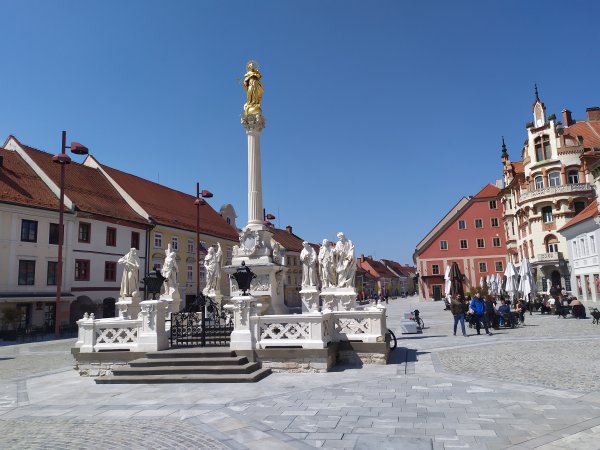
By approaching the river, we will definitely see the Old Bridge (Stari Most) and we might cross the main square, which is famous for its Plague Column. The tradition of having such monuments is not unknown in Hungary either: I have seen many of them in historical cities like Pécs, Kőszeg, Győr, Veszprém, Esztergom or Székesfehérvár, and the reason of such constructions was usually to express the gratitude of citizens towards God for saving the people from the plague, or it was a votive monument to ask for his help. The most glorious column I remember though was from Olomouc, Czechia with its decorative and ambitious gold and bronze ornaments.
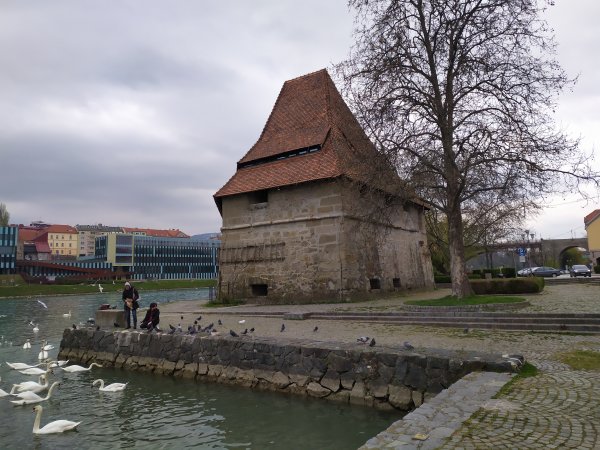
Getting back to Slovenia, Drava has other surprises for us. Namely, some parts of the former fortress can be found there, such as the Sodni stolp (Judgment Tower) and the Vodni stolp (Water Tower), which always enjoys the company of swans, ducks and pigeons who are eager to find some food nearby. Although the river is very spectacular, it gives only a small taste of the real nature you can explore here. These towers and bastillons are very characteristic parts of Maribor indeed: for instance, if you walk in the downtown, you also have a good chance to find Čeligijev stolp (Tscheligi Tower), which is one of the remains of the old wall of the city.
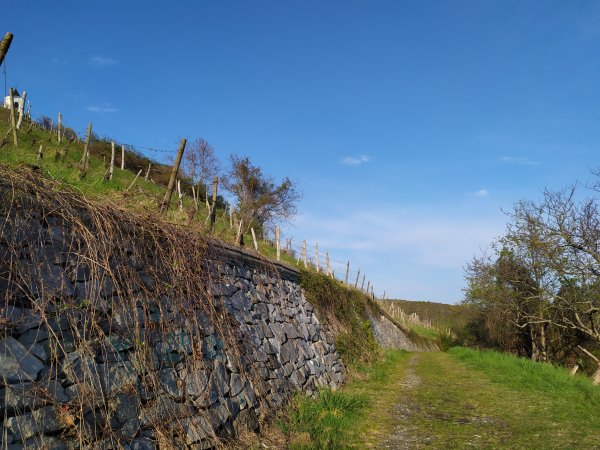
If you go to the opposite direction, you will notice a huge and gorgeous green hill, Piramida (Pyramid), which is not just special because the original castle used to be on the top (Mariborski grad), but also because of the amazing vineyards on the slopes of the hill, which were constructed by a unique craft technique using dry stones.
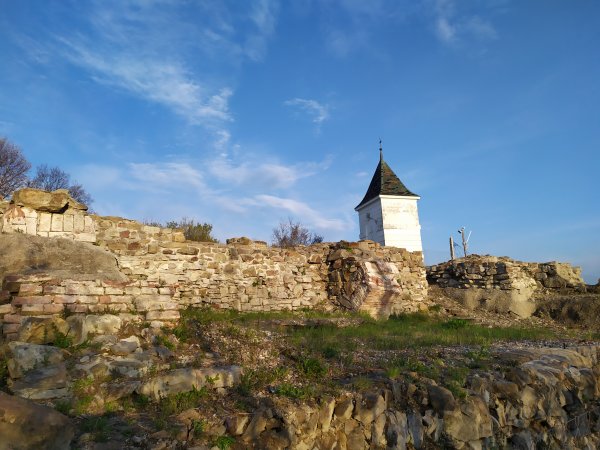
By walking towards Piramida, you can realize a very interesting feature of Maribor: it is the fact that even if you are in the middle of the crowded city centre, you can easily feel like being in the suburbs or in a village after a couple of hundreds of metres. Then, if you follow your path, you will exactly be in the heart of nature.
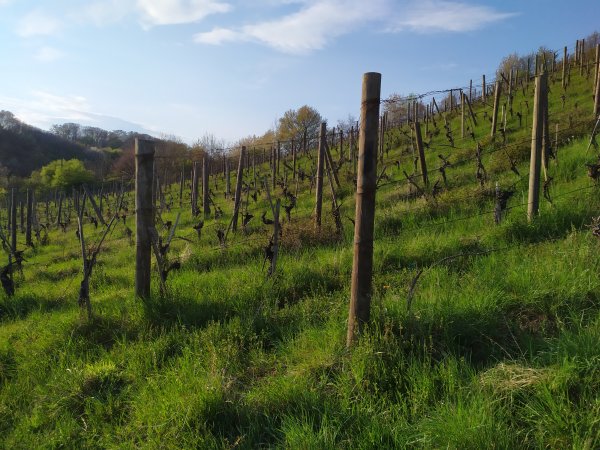
There the only impressions are really the blue sky, the green land, the warmth of the breeze, and soft, shadowing leaves all around. Poetic vibes of the fields, summoning ancient Athens or Crete. If you get to the top, you will find a small chapel next to the castle ruins and a mesmerizing view over the city, while there is an enormous, volcano-like gloomy mount in the distance: it is Pohorje, which is very popular among ski-lovers.
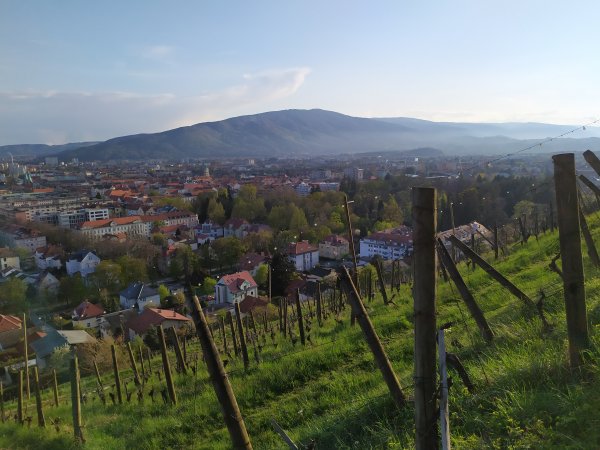
Tweeting birds, buzzing bugs and pleasant smells of flowers can be found in the other important hill of Maribor, Kalvarija (Calvary) too, which has a chapel on its top as well, as its name suggests.
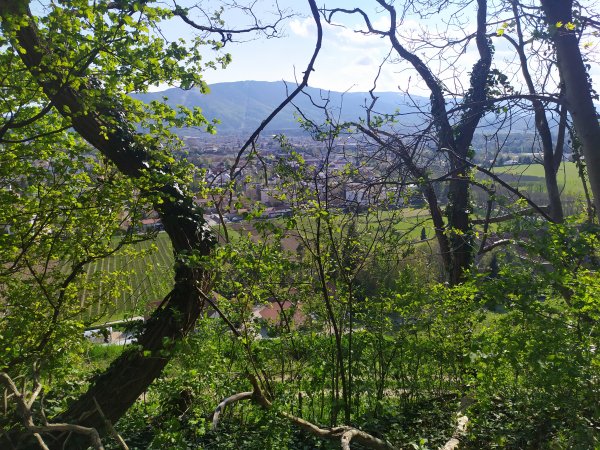
The trail that leads there is as adventurous and fascinating as the one of Piramida, so if you are a huge fan of hiking with your friends, you would like to take your love for a romantic walk, or just need to be alone and admire the pure existence, I can definitely recommend you both of these locations. What is more, your way to Kalvarija goes through the city park, which is equally peaceful and harmonic to the rest I presented, although you might meet much more people there.
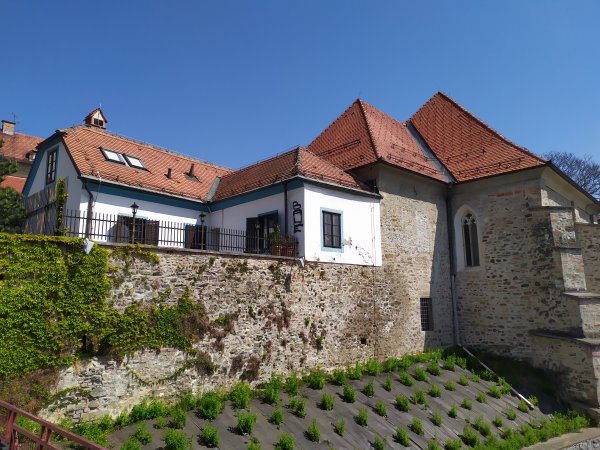
Finally we have arrived to the point that comes to everyone’s mind about Slovenia: it’s the capital, Ljubljana, which one can really call as a real and original European city with all of its characteristics. My overall opinion about the place is the fact that it is a city of many different faces and different impressions, where no one will discover exactly the same treasures twice, because it shows something else to everyone, every time.
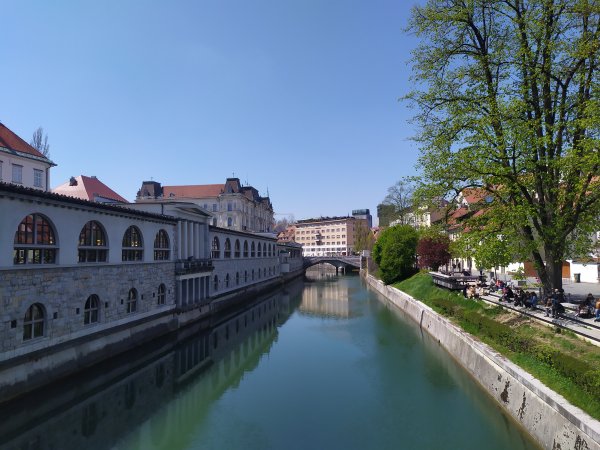
That is why Ljubljana is both a big and a small, a homogenous and an international, a historical and a contemporary city depending on what you are interested in while going there. Some details of the city’s profile had a similar charm to Cosenza and Verona in Italy or Rijeka in Croatia, and this is not a surprise taking into account that they are all somehow parts of the Mediterranean culture.
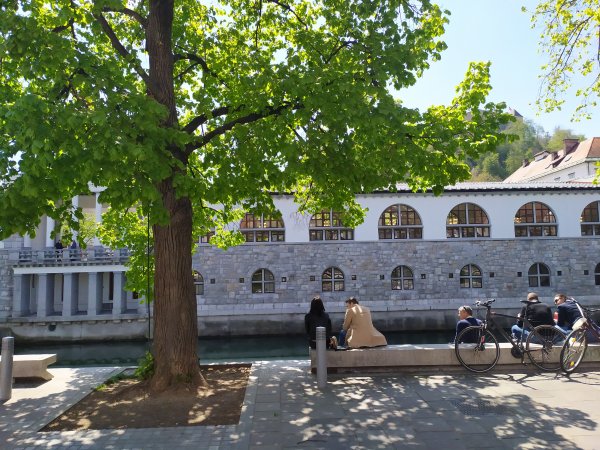
We can surely see that the city is more multicultural than any other place in the country due to its status: most of the foreigners live and come here, and there are many companies, business centres and investments in the city.
Yet it has not lost the same local spirit at all that was described related to Maribor and Ptuj, and the calm boulevards, cafés, food stores, bars and taverns are just as genuine and inviting as in other parts of Slovenia. A great example can be the castle hill, which is although just next to the very centre of the city, it is completely covered by intact forests and you can hide behind its lovely trees and bushes.
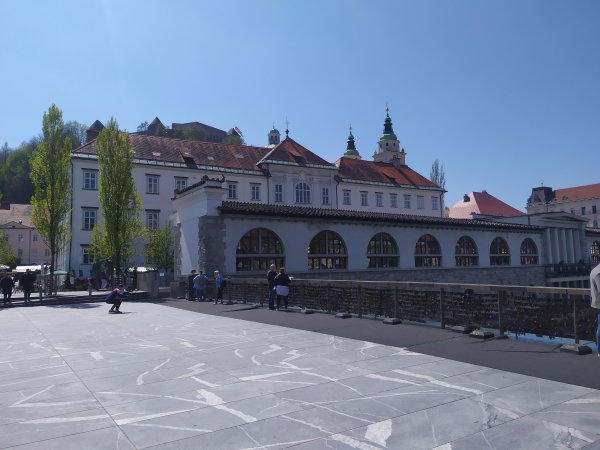
The fact that there can be such a wilderness in the middle of a populated metropolis justifies that the Slovenes indeed have a very close and organic relationship to nature.
It might be a bit stereotypical, but I noticed that other Slavic nations, especially Czechs also showed a huge interest, respect and care towards plants and creation, but people of Slovenia really specialized at learning how to preserve nature as it was given to us. Many of such parks and forests in Slovenia can remind us of sacred pagan shrines full of myths and legends, which was also inspiring for the forefathers most probably.
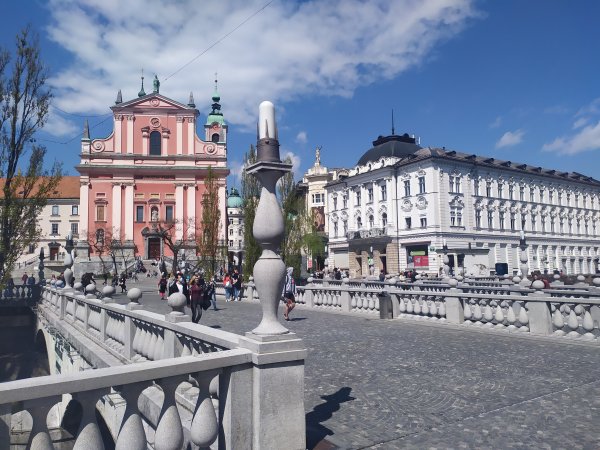
That is why it is important to mention the dragon (zmaj) of Ljubljana, which is such an important symbol of the city, that you can find it in the coat-of-arms, on the fridge magnets, toys, books and souvenirs, but first of all, these are the kind of creatures that guard the Dragon Bridge (Zmajski most), one of the most amazing sights in the city.
According to a legend, Jason, the mythical Greek hero, who went to the quest for the Golden Fleece, killed a dragon that lived in the swamps of present-day Ljubljana on his way back to home. The cultural impact of this story is still so vivid that there is a Dragon Carnival in the city during the winter and the being is also the logo of a Slovenian beer coming from here.
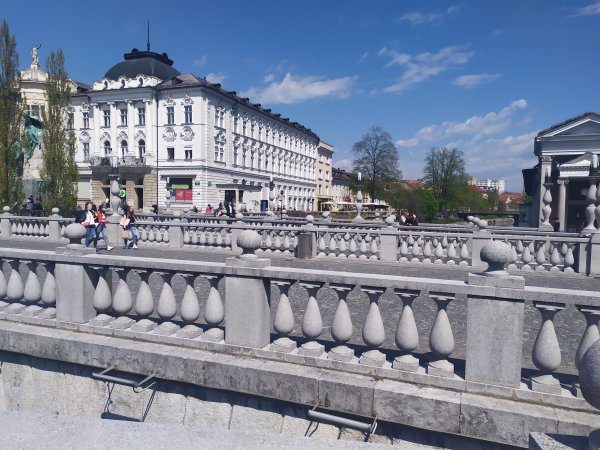
The bridge is not the only one though that bends above Ljubljanica, the tiny river of the city: we should mention the Cobblers’ Bridge and the Butchers’ Bridge with its various avant-garde sculptures. The riverside itself is indeed the beating heart of the city, where one can feel like in the middle of a medieval market, festival or historical movie by walking on the corso of inns and restaurants.
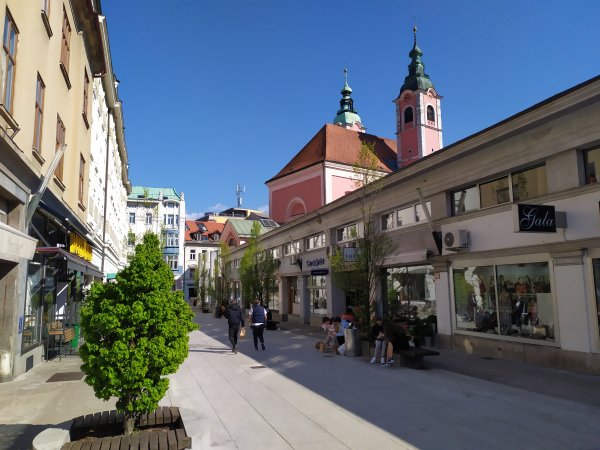
Besides the miraculous marble and stone shapes (that reminded me a bit of Florence), the cathedral of Ljubljana also stands here. If you pass by its building, we will be on the right way to the castle: if it is working, you can take a funicular, but I highly recommend you to walk there by yourself.
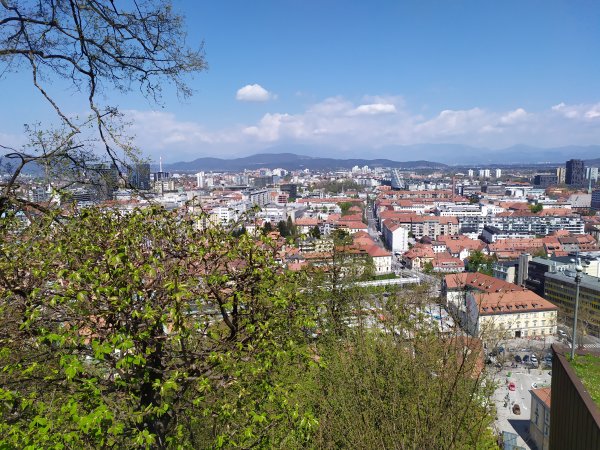
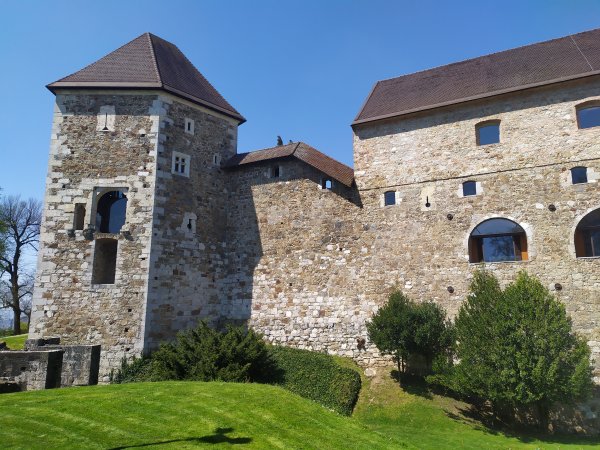
The hill completely looks like a place that was exactly made to have a castle on the top. The view and the surrounding green area are even more genius than you might imagine, and the romantic mysteries of the walls throw you back to another age of another world, full of glory, honor and bare endurance.
The structure of the fortification was similar to me to the castle of Naples and Będzin among the places I visited, but it is so unique and remarkable that it should not really be compared to anything else. The biggest adventure to me was to explore the different perspectives of the castle and memorize them with my eyes, but if you really want to get lost in its timeless vibes, you can enter the yard, go upon the walls or discover the dungeon.
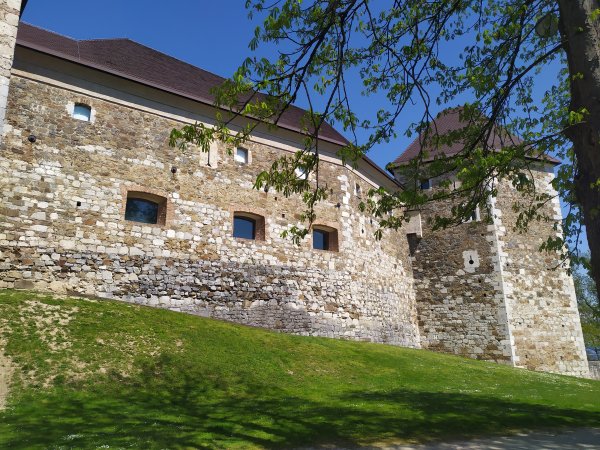
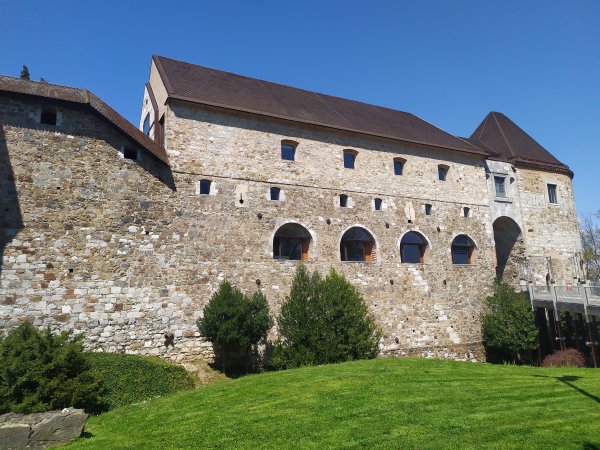
The pride of the castle hill also shines like a sun towards one of the main squares, Prešernov trg, named after France Prešeren, an important Slovene poet representing the national romanticism of the 19th century, whose monument is also located there. The other essential building of the square is the Franciscan Church with its mild, rosy red color, which is indeed a classical and beautiful piece of art.
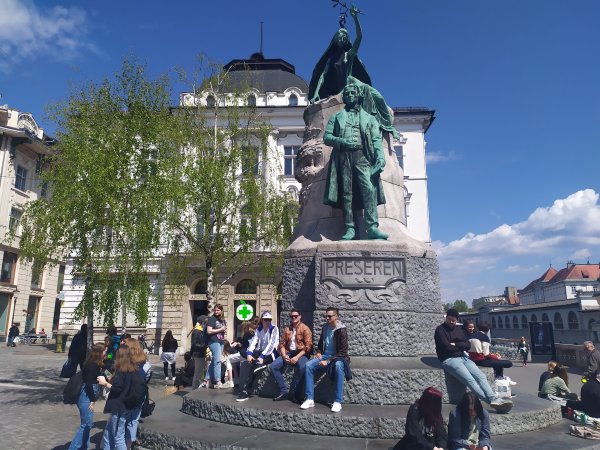
However, it shows the multicultural features of the city very well, that it has ortodox churches too, just as the one of St. Cyril and Methodius close to Tivoli Park. This area is the biggest and most wonderful garden around the castle, which shares the same name with the park. The pool and fountain in the front, the geometrics of the flower vases and the interesting sculptures of watch dogs guarantee the elegant and aristocratic spirit of the area - and additionally, of course, the building itself too.
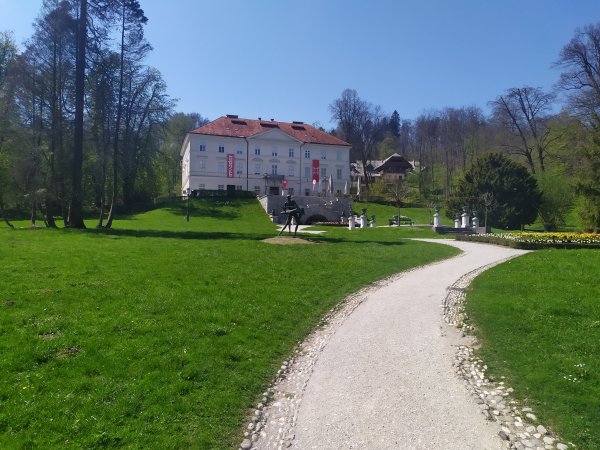
Just as the castle hill of Ljubljana, this park is also full of spirituality, peace and eternity, and it is still incredible for me to think about the fact that the large fields of lawn are smoothly turning into trails and intact forests after some time, and a couple of minutes later you can arrive in the pure, silent and innocent nature, while one or two kilometers away the never-sleeping urbanic lifestyle is the ruler, and hundreds of people are marching back and forth everywhere.
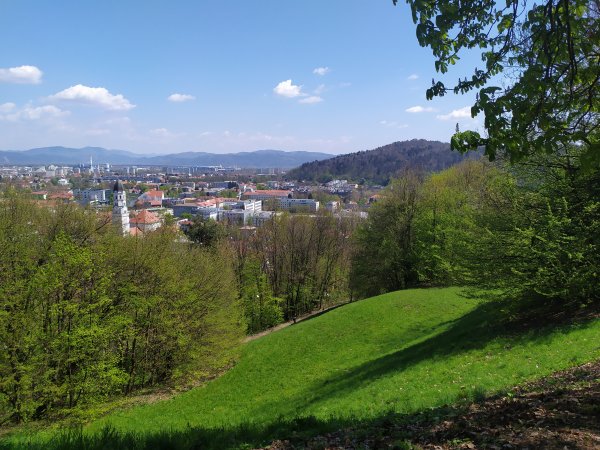
I had similar experiences before with Bělský Les in Ostrava and Park Śląski in Katowice, where I could also 'teleport' between civilization and Eden anytime I wanted, and I realized that the concept of a park abroad may be something that we would already call a forest in Hungary...
Anyhow, after having seen some of the most famous Slovenian cities, as a real traveler, I should not have a rest, because these cultural teasers just made me believe that there must be much more in this country that is waiting for me with its hospitable, friendly and open arms.
